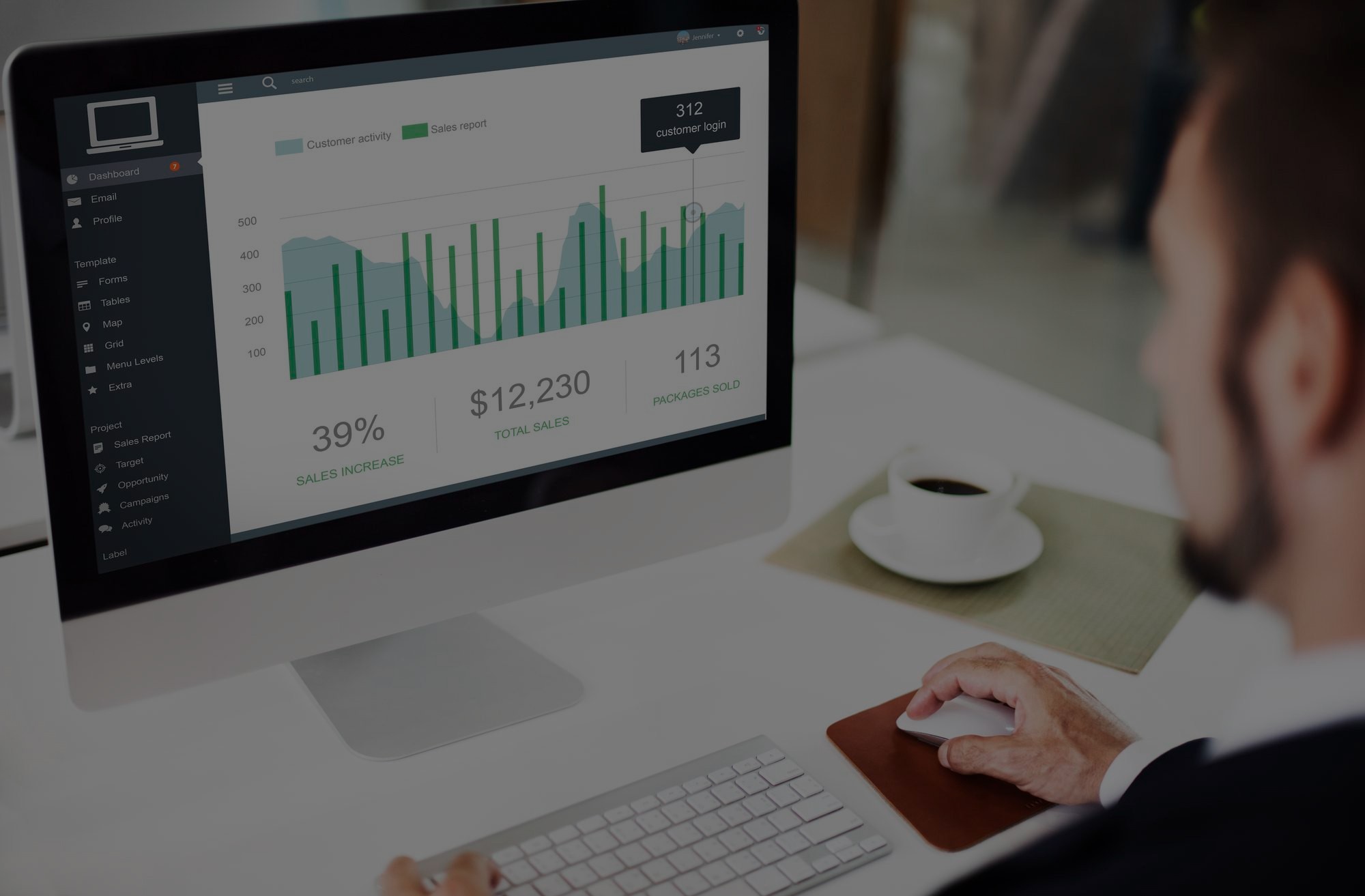Putting users at the heart of information management
An information management company, reached out to us to help them discover what their digital product would look like with a deeper user-centric approach.

The vision
Our challenge was to design an all-in-one integral product that would group its suite of intelligence management products with a modern experience that is embedded swiftly into the user's daily workflow with a UX they would love.
The Transformation
Through a Design Sprint - and later, UX/UI iterations - we helped them develop a product that is sure to win their users over.spans their services across a growing number of Latin American countries. A 30+ years old company, they saw the potential of technology to help them radically transform their offering with the end goal of achieving exponential growth.
Healthcare
Low code
Design
Team
1 Product Manager and facilitator
1 UX/UI designer
1 co-facilitator
Delivery
Miro with Key Insights
UX/UI design
New era,
new challenge
Infodesk's new C-suite came with a fresh and game-changing outlook, as well as a need for a Thinking and Innovation partner.
One of the challenges they wanted to address was a churn, sometimes to less advanced digital products, that evidenced the need for a design revamp that put users first. And because human-centered design is our passion and expertise, we’re uniquely positioned to transform your digital products by humanizing the experiences embedded in them.
First, we worked together on a Design Workshop and got to know each other by creating a shared understanding of Infodesk, its users and their goals, and the overall vision: in a nutshell, the balance between business objectives and user needs. And while both elements are incredibly important in the making of a company, our experience tells us that when the business is based on a Web App, User Experience becomes a central tenet for success. This means that when products are shaped under a user-centric approach, we’re setting them up for the real success: becoming a part of their users’ daily lives.
Building a
shared vision
We worked on narrowing down the problem, users and concrete area of application in order to focus on one small part of the needs and deliver a better solution for it. As a team, we decided to tackle the challenge of how to transform the user experience for both Regulatory and Business Intelligence analysts working in the Life Sciences topic.
Then, we held a Design Sprint.
This increasingly popular technique crams a series of activities that go from problem to idea to prototype to user testing in just one week (you can read more about it here). During the 5 days of the Design Sprint, we worked together as one team to map, sketch, decide, prototype and test different concepts.
This marked a very important milestone for our client’s team, who had never tested a prototype with real users before launching a new feature or change before. And once feedback started pouring in, we launched the second phase of our work together: iterations.
The results of our Design Sprint were what in the industry we like to call a flawed success. We decided to discard the ideas that didn’t perform well in the testing stage, but found many of them that held value for their users.

Insight that becomes foresight
After the Design Sprint, we worked together on its findings for three weeks. Iterations of UX/UI design meant we created and tested over 80 interlinked Hi-Fi screens that we tested with actual users.
During those three weeks we iterated, expanded and tested a number of ideas and features. Some of them were a result of cross-pollinated research from platforms and disciplines that at first sight are completely different from our client, but on a deeper level serve similar purposes as information hubs.
Based on conversations with users, we kept some of those ideas as designed, we let go of others, and modified the remaining ones to help them become more suitable to the final users’ everyday lives and workflow, and integrable with tools of their trade.
We completed a total of three user testing rounds, furthering our visibility on acceptance and appropriation of the new revamp.
A new experience
We're proud of helping this information management company discover the value and richness of user testing activities from our role as thinking partners.
Once we collected, analyzed and prioritized the information we gathered, we created a new experience that respects and prioritizes the findings we obtained through users. This included a new Design System based on their current branding, a series of components developed from scratch for their users’ needs and goals, and the complete UI for their star product.
But above all, it implies a new, improved and human-centric approach that reduces uncertainty and risks, and will be an important part of their success.
The validations we obtained from users played a key role, supported by a UX quality process that backs the definition of a clear roadmap for future iterations.
Outcomes
"We craft outstanding products that fit well with users’ goals & needs. That’s what innovation means to us. It’s not about inventing new things, it’s about finding out how a new thing can fit well into existing habits, goals and needs. And improving your product market fit is ensuring you are solving for need.To do that, we need to materialize, validate and experiment: we think by doing."
Damian Calderon
Product Manager @ Arionkoder
Our role as thinking partners
Asking. Digging deeper. Maintaining focus.
These are the things that we do once we commit to being your thinking partner. We’ll ask questions about why you do things, dive into the assumptions that have led you there, and help you tackle challenges one edge at a time while materializing your ideas. Our framework helps us find collaborative ways of thinking and detecting improvement opportunities.







